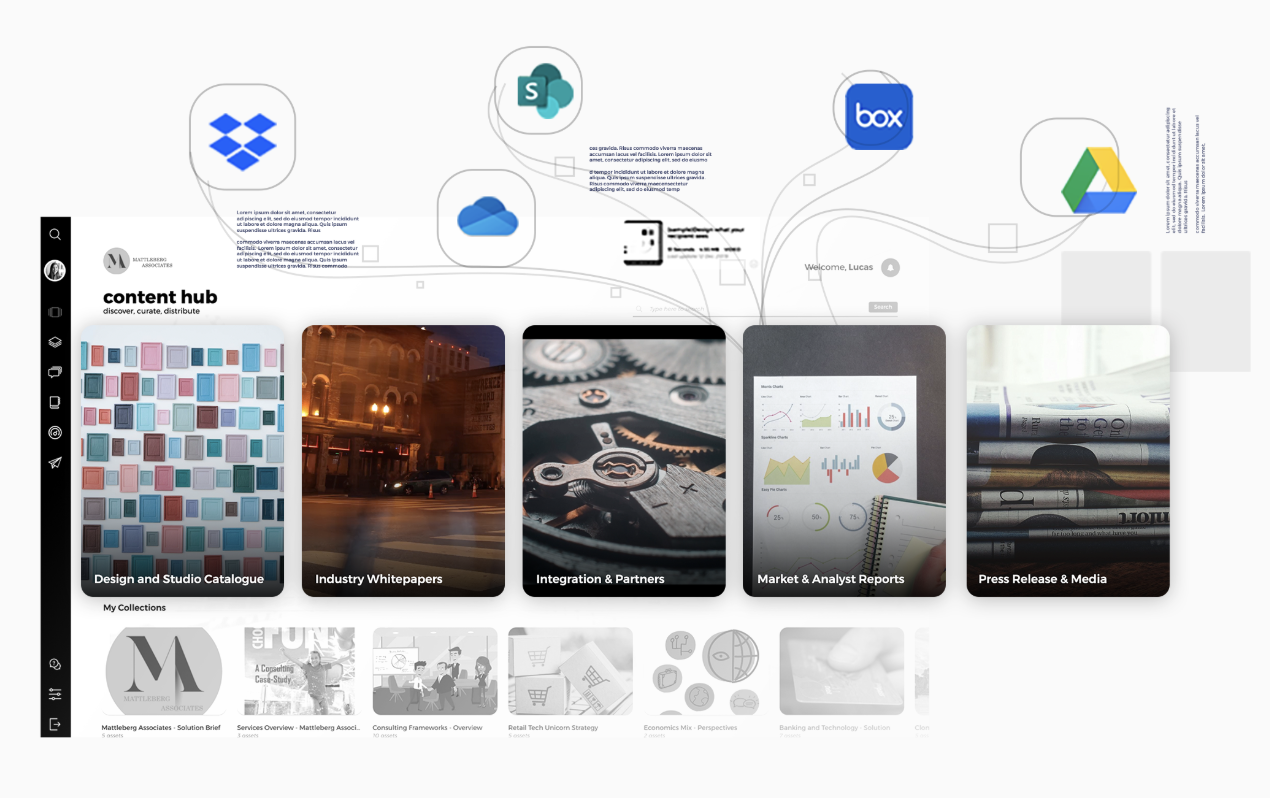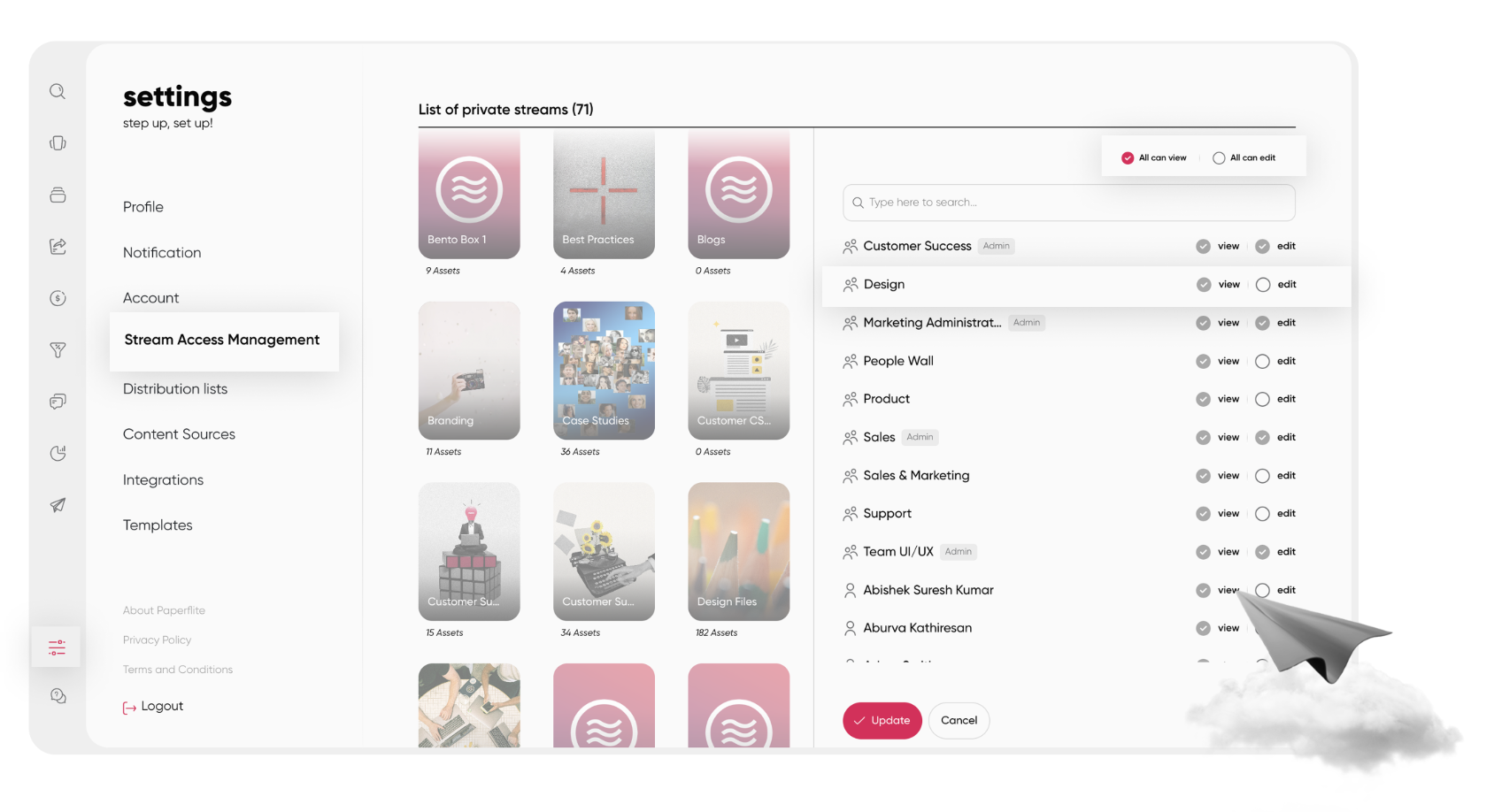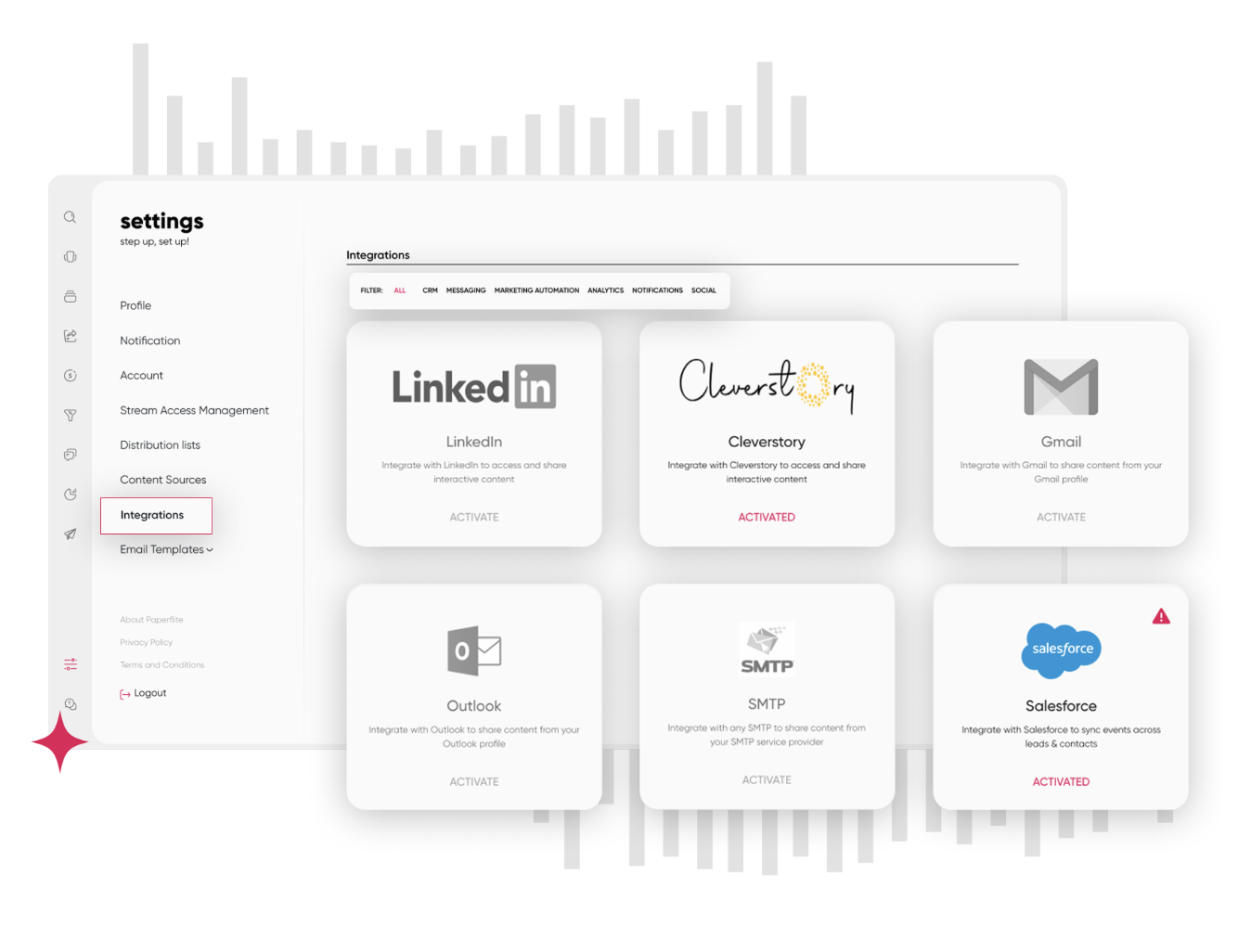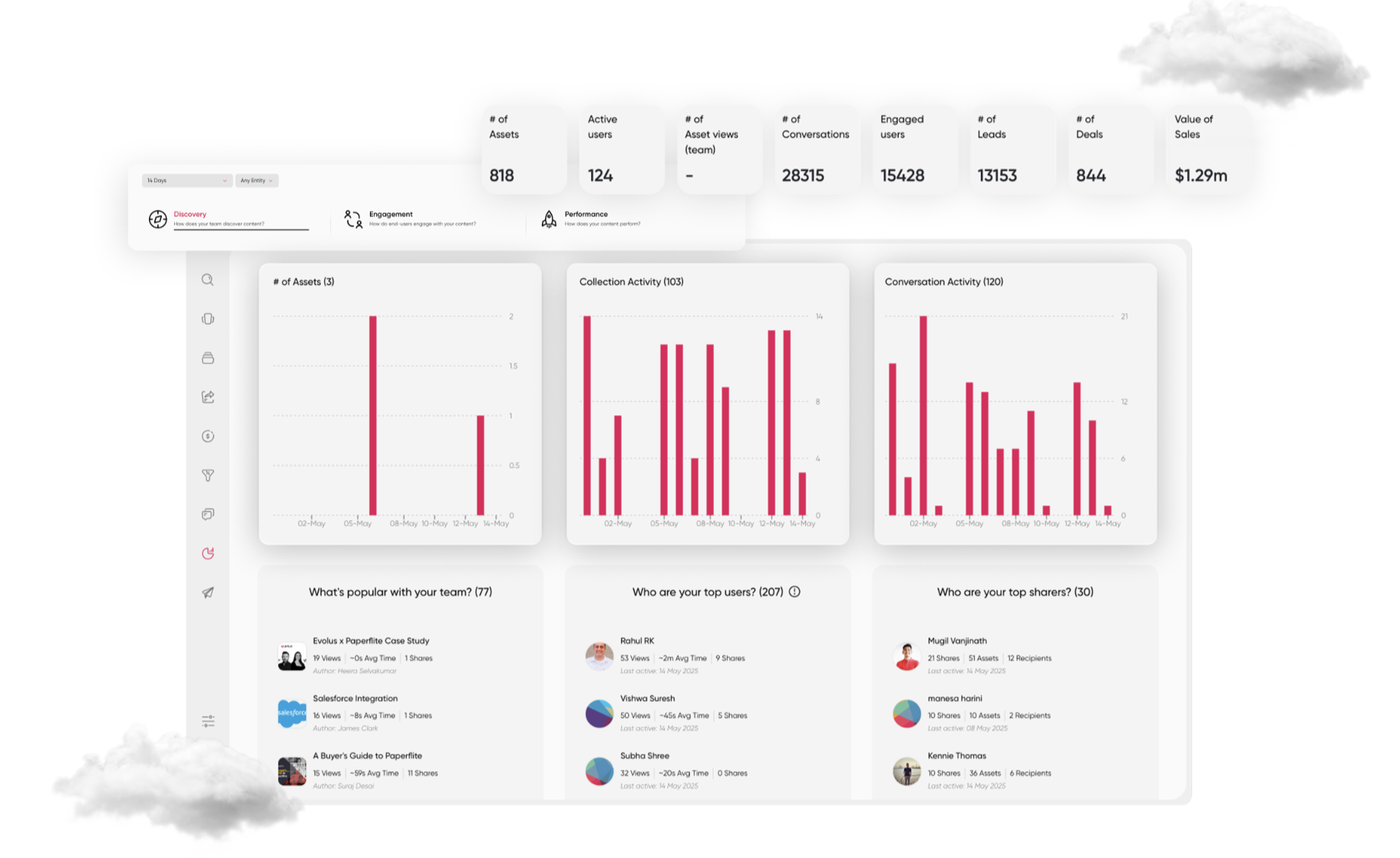Enterprise Content Management for Healthcare sector
The healthcare sector is grappling with a surge of complex, high-stakes data, from patient records and imaging files to insurance forms and compliance documents.
Managing this information securely, efficiently, and in real time is increasingly difficult with traditional systems that lack integration and scalability.
Enterprise Content Management (ECM) systems offer a structured, secure, and scalable way to handle this growing content burden.
By centralizing documentation, automating workflows, and enforcing access controls, ECM helps healthcare organizations reduce administrative overhead, stay compliant with regulations like HIPAA, and ensure critical information is accessible when and where it’s needed.
This blog will break down how ECM systems specifically serve healthcare needs, the challenges they address, and the features that define modern, healthcare-ready ECM solutions.
Understanding Healthcare Enterprise Content Management Systems
A Healthcare Enterprise Content Management system is a centralized platform that captures, stores, organizes, and governs all forms of clinical and operational content.
It enables healthcare providers to manage electronic health records (EHRs), automate workflows, maintain compliance with HIPAA, and integrate with existing systems ensuring secure, role-based access to critical data across departments, improving efficiency, and enhancing patient care.
Why It Matters in Healthcare
The healthcare industry operates under constant regulatory scrutiny, complex administrative workflows, and massive data volume.
ECM systems help bridge the gap between clinical care and administrative efficiency by ensuring content is accessible, trackable, and secure.
Core Components of a Healthcare ECM System
- Document Management: Centralizes clinical forms, consent documents, insurance papers, and imaging files for structured access.
- Workflow Automation: Streamlines processes like patient intake, billing, and claims by automating routine document flows.
- Records Management: Ensures long-term retention, secure archival, and compliant disposal of medical records.
- Compliance and Governance: Maintains audit trails, enforces document access policies, and ensures regulatory alignment (HIPAA, GDPR).
- Integration Capabilities: Seamlessly connects with EHR platforms, lab systems, billing tools, and patient portals to unify operations.
As healthcare organizations undergo digital transformation, they face new complexities in managing content across clinical, operational, and regulatory dimensions.
This section outlines the core challenges that limit the effectiveness and scalability of healthcare content strategies from data overload to interoperability gaps and the rising demands of data security.
Data Volume and Variety
The healthcare sector generates an overwhelming mix of data types, structured formats like EHR entries and billing records, as well as unstructured content such as scanned documents, handwritten notes, DICOM images, and audio logs.
Without a centralized system to organize and index this data, healthcare professionals waste valuable time navigating fragmented repositories, risking delays in diagnosis and care.
Regulatory Compliance
Regulatory mandates such as HIPAA, GDPR, and other regional health data laws impose strict obligations on how content is stored, accessed, and retained.
Many healthcare organizations still rely on manual processes and disparate systems that lack the built-in governance required to meet these standards.
This leads to audit risks, data exposure, and compliance fatigue for staff who must enforce policies manually.
Interoperability Issues
Healthcare providers often use multiple systems EHRs, imaging software, billing platforms that operate in silos.
The inability to integrate these systems leads to content duplication, inconsistent records, and time-consuming data retrieval.
Without interoperability, care coordination suffers and operational inefficiencies multiply.
Security Concerns
Legacy ECM systems often lack the foundational security layers required to protect sensitive healthcare data, such as encryption, access control, and audit logging.
Many fail to offer real-time monitoring or role-specific permissions, increasing the risk of data breaches and unauthorized access.
Without built-in compliance enforcement, maintaining regulatory standards like HIPAA becomes operationally fragile and error-prone.
Benefits of Implementing ECM in Healthcare
Modern ECM systems directly address the pain points discussed earlier offering practical, scalable solutions to the healthcare sector’s most persistent operational and compliance challenges.
By centralizing content, automating workflows, and enforcing access governance, ECM platforms are enabling healthcare organizations to become more efficient, compliant, and patient-focused.
Below are the key benefits that illustrate how ECM transforms healthcare content management:
Improved Efficiency
By replacing manual document handling with automated workflows, ECM systems streamline everyday tasks such as patient onboarding, insurance verification, discharge summaries, and record retrieval.
Staff no longer waste time navigating multiple systems or filing paper forms content is digitized, indexed, and searchable, reducing administrative bottlenecks and freeing up time for patient-facing activities.
Enhanced Patient Care
When content is centralized and accessible in real time, clinical decision-making improves.
Physicians, nurses, and care coordinators can quickly access up-to-date patient histories, lab results, and imaging regardless of department or device.
This continuity of information supports accurate diagnosis, reduces treatment delays, and enables more coordinated care delivery.
Cost Reduction
With ECM, healthcare organizations significantly reduce paper usage, printing, storage, and physical handling costs.
Automation also minimizes the need for repetitive data entry and manual verification, helping to optimize staffing and reduce administrative overhead.
Over time, these operational efficiencies translate into measurable savings.
Better Compliance Management
ECM platforms are designed to enforce regulatory requirements across every stage of content handling.
They enable automated retention schedules, role-based access controls, and full audit trails ensuring transparency and control.
Paperflite, for instance, is built with a compliance-first architecture that supports HIPAA, SOC 2, GDPR, and content governance policies relevant to healthcare.
It offers controlled access, secure sharing workflows, version tracking, and user-level audit logging, making regulatory readiness not just achievable, but sustainable at scale.
Key Features of Healthcare ECM Systems
A healthcare ECM is only as valuable as the precision and control it offers.
The features below represent the non-negotiable core of any system designed to manage sensitive, high-volume clinical content.
Document Capture and Imaging
Digitizes legacy paper records and feeds them into a centralized system improving accessibility and reducing physical storage dependency.

Workflow Management
Automates repetitive, high-volume tasks like patient intake, discharge processing, and document approvals boosting efficiency and accuracy.
Records Retention and Archiving
Enforces policy-based retention rules and secure, compliant archiving.
Paperflite supports version control and lifecycle automation for regulatory-ready data handling.
Access Controls and Permissions
Restricts content visibility by user role or department, minimizing risk exposure.
Built-in audit trails monitor every interaction for accountability.

Integration with Existing Systems
Connects seamlessly with EHRs, LIS platforms, and billing tools.
Paperflite supports integration through open interfaces, enabling smooth data flow without content duplication.

Selecting the Right ECM Solution for Healthcare
Choosing an ECM platform is a strategic decision that must align with both operational workflows and regulatory demands.
This section offers a practical framework for selection, and highlights how Paperflite fits where relevant.
Assessment of Needs
Begin by identifying the key friction points in your content lifecycle slow access to patient records, fragmented workflows, or weak compliance visibility.
Prioritize solutions that offer centralized access, audit readiness, and secure collaboration.
Platforms like Paperflite support this with a real-time, role-aware Content Hub that bridges clinical and operational teams.
Vendor Evaluation
Evaluate vendors on their healthcare readiness do they offer compliance features by default, not as add-ons? Is their infrastructure certified for healthcare data handling?
Look for seamless integrations with EHRs, CRMs, and file-sharing platforms.
Paperflite meets these standards with HIPAA and SOC 2 alignment, secure content workflows, and plug-and-play integrations with SharePoint, Box, Dropbox, and GDrive.
Implementation Considerations
Adoption success depends on more than deployment it’s about usability, change management, and support.
Choose platforms that offer guided onboarding, role-specific training, and adaptable configurations.
Paperflite supports fast go-lives with dedicated onboarding teams and no-code customization for workflows and user roles reducing dependency on IT resources.
Cost-Benefit Analysis
Most cloud-native ECM platforms operate on user-based pricing, but not all users need full functionality.
To control costs, choose a provider that distinguishes between core and light users.
Paperflite’s “Lite User” module allows organizations to add occasional users at a reduced cost ensuring scalability without budget bloat, especially useful in large healthcare networks.

Future Trends in Healthcare ECM
ECM systems are evolving from static repositories to intelligent content engines. The future lies in adaptability, speed, and contextual decision support.
Artificial Intelligence and Machine Learning
AI-driven insights are enabling proactive compliance, smarter document classification, and predictive analytics that support patient outcomes and operational planning.
Cloud-Based ECM Solutions
With rising demand for remote access and operational agility, cloud ECMs offer unmatched scalability, lower maintenance, and faster feature delivery cycles.
Mobile Access
Empowers care teams to access records, review notes, and update documentation from any device supporting real-time care and minimizing administrative lag.
Enhanced Data Analytics
Modern ECMs offer built-in reporting and dashboards that turn content engagement data into strategy informing staffing, policy updates, and compliance gaps.
Conclusion
Enterprise Content Management systems are no longer optional for healthcare they’re foundational.
As data volumes surge and compliance becomes more complex, ECM platforms bring structure, control, and visibility to every document, process, and interaction.
Healthcare organizations that adopt modern ECMs stand to gain not just efficiency, but stronger care delivery, reduced risk, and future-ready infrastructure.
Now is the time to evaluate your content ecosystem and make ECM central to your operational strategy.
